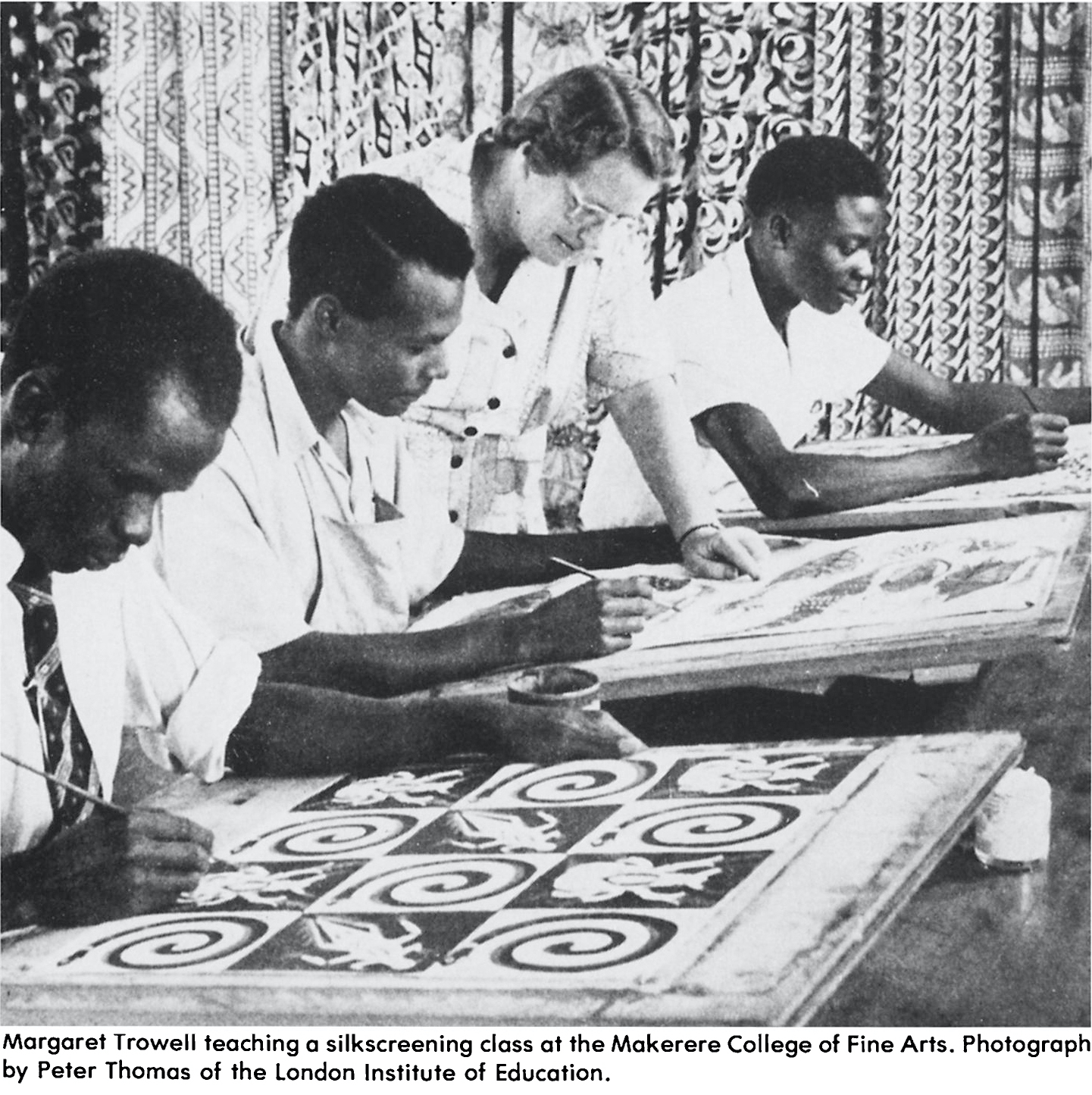
Emma Wolukau-Wanambwa of the Kampala Working Group had her essay, ‘Margaret Trowell’s School of Art, or How to Keep the Children’s Work Really African’ published in 2018 in
The Palgrave Handbook on Race and the Arts in Education
, which was edited by Amelia M. Kraehe, Stephen B. Carpenter II and Rubén Gaztambide Fernández of the Another Roadmap Toronto Working Group.
The Palgrave Handbook on Race and the Arts in Education
is the first edited volume to examine how race operates in and through the arts in education. Until now, no single source has brought together such an expansive and interdisciplinary collection in exploration of the ways in which music, visual art, theater, dance, and popular culture intertwine with racist ideologies and race-making. Drawing on Critical Race Theory, contributing authors bring an international perspective to questions of racism and anti-racist interventions in the arts in education. The book’s introduction provides a guiding framework for understanding the arts as white property in schools, museums, and informal education spaces.
Each section is organized thematically around historical, discursive, empirical, and personal dimensions of the arts in education. This handbook is essential reading for students, educators, artists, and researchers across the fields of visual and performing arts education, educational foundations, multicultural education, and curriculum and instruction. Emma’s essay concerns the work of a White British woman named Margaret Trowell (1903–1989), who founded anglophone East Africa’s first “professional” school of fine art in the Uganda Protectorate in the 1930s. Trowell is still popularly remembered in Uganda as someone who, contrary to the dominant European views of her day, genuinely believed in Africans’ creative abilities and championed their artistic expression. However, Emma argues that both her pedagogical theories and her teaching practice were strongly influenced by colonial government policy and that as a consequence her stated commitment to supporting the development of a “true African tradition of art” was far less emancipatory than it at first appeared.
